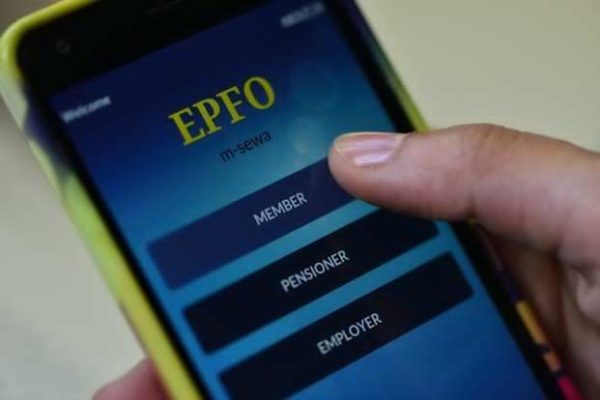If you are a salaried employee and contribute to the Employees’ Provident Fund (EPF), there is good news. Withdrawing your EPF account have become easier. Not that we recommend withdrawals, as EPF is a retirement product but EPF allows withdrawal if you are unemployed for at least 2 months and partial withdrawals for events such as medical emergencies, children’s education or buying a house, (read more about it : http://bit.ly/2lQA9h0).
The Employees’ Provident Fund Organisation (EPFO) has introduced a simplified one page claim form (http://bit.ly/2ly17Ju) which can be used for partial or complete withdrawals. Also, partial withdrawals no longer require extra documents to show why you need the money.
If your Universal Account Number (UAN) is linked to your Aadhaar and bank account number, you can now approach the EPFO directly for claims, keeping in mind employer obligations to prevent wrongful termination. “A year back, we removed the requirement for employer attestation for employees whose UANs were seeded with Aadhaar, and now the one-page simplified form will bring further convenience,” said V.P. Joy, central provident fund commissioner, EPFO..
Here’s what the new form offers.
Composite claim form
Previously, you had to fill up form 19 for complete withdrawal, or form 10C for pension fund scheme certificate to retain membership of Employees’ Pension Scheme or to claim withdrawals, and form 31 for partial withdrawals. The composite claim form has collapsed all forms into one. But there are still two types of these forms: Aadhaar and non-Aadhaar.
The Aadhaar-based composite form is meant for individuals who have activated their UAN and linked it with their Aadhaar and bank account numbers, and whose details are embedded in the UAN portal. The non-Aadhaar form is for people who have not made the link as yet.
The Aadhaar-based form is simpler to fill. You only need to mention your name, address, registered mobile number, UAN, Aadhaar number, date of joining and leaving the company—in case of full withdrawal. If you have clocked less than 5 years of service—either with one employer or more and have transferred your EPF account from the previous employer—the maturity corpus is taxable. So you need to furnish proof of PAN as well and two copies of form 15G or 15H to avoid tax deducted at source, if applicable.
You also need to mention the reason for quitting. For a partial withdrawal, mark the purpose for which you need the money and how much. Sign the form, attach a cancelled cheque and you are ready to go. No need to go to your employer.
The non-Aadhaar form needs more details such as: date of birth, father’s name and bank account details. “The forms also asks for Aadhaar details so they can be seeded with UAN. Those who don’t have UAN can fill the form with their provident fund number,” added Joy. This form has to be signed by you and your employer. “Aadhaar gets verified by the employer through the form and we can link it with the UAN. Currently, the forms have to be submitted to the regional provident fund office and the claims should get settled within 20 days,” added Joy.
Easier partial withdrawals
Earlier, if a partial withdrawal was for a wedding (of self or children), one had to give supporting documents such as the wedding card. In the new form, your signature is enough. But there is a disclaimer at the bottom, which states that if the funds are used for any other purpose the subscriber is liable to return the money with penal interest. “Earlier, partial withdrawals were cumbersome but now we have done away with proof (submission). With easier partial withdrawals, we expect complete withdrawals to come down,” added Joy. But if partial withdrawal is for a medical emergency, you still need to submit proof like medical certificate and certificate from the employer that the Employees’ State Insurance is not available to you. “This has been prescribed in the (EPF) Act and we hope to get it amended,” explained Joy.
Online facility from May
EPFO plans to launch an online facility for withdrawals, but this can only be used by individuals with Aadhaar and bank account-linked UANs. “The authentication of the one-page form online will be through Aadhaar…. We have given a deadline till March. With the online mode, settlements will be faster,” added Joy.
But according to Madhu Damodaran, head, legal operations, Simpliance, a labour law compliance software firm, the real challenge is in getting the necessary KYC (Know Your Customer) including Aadhaar of all the members within the timeline announced. “Employers are not actively seeking out Aadhaar details. But this may pick up as a one-page claim form will offer a lot of convenience to employees as well as employers, considering the volumes involved and the workforce needed,” he added.
EPFO is making efforts too. “Currently, we are only allowing Aadhaar seeding through the employer, but very shortly we will also allow members to upload the necessary KYC…which will get verified by the employer,” added Joy.
While withdrawals are getting easier, remember that EPF is for your retirement and you shouldn’t touch this money as far as possible.



Leave a reply